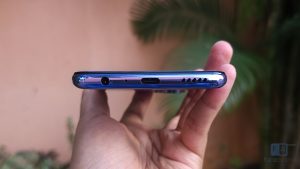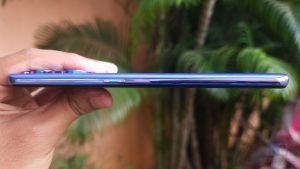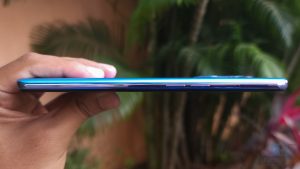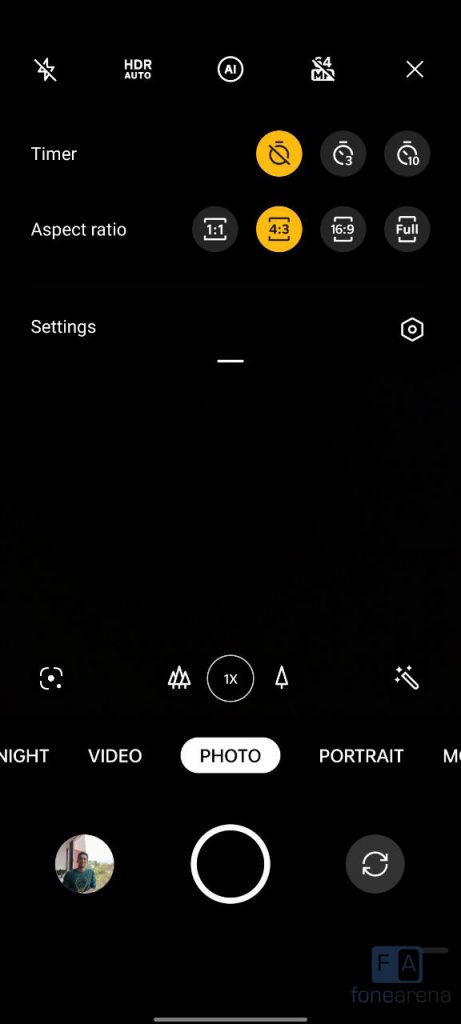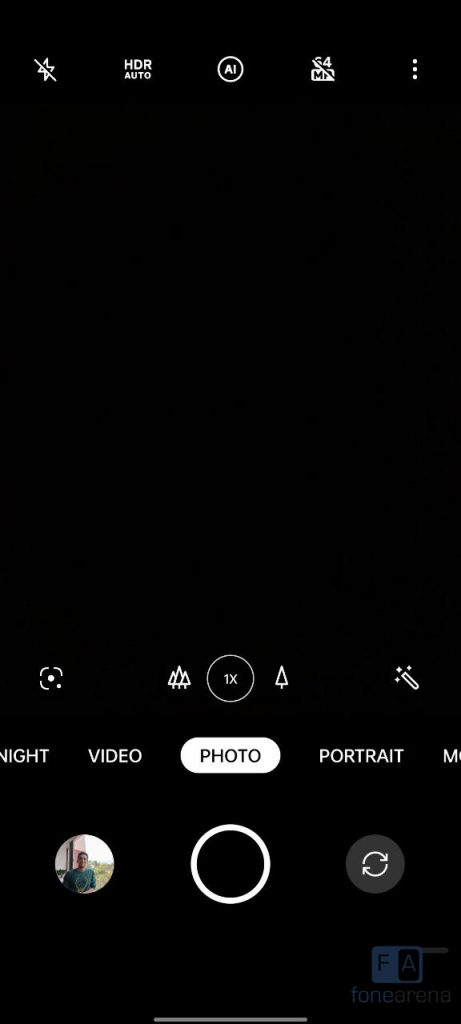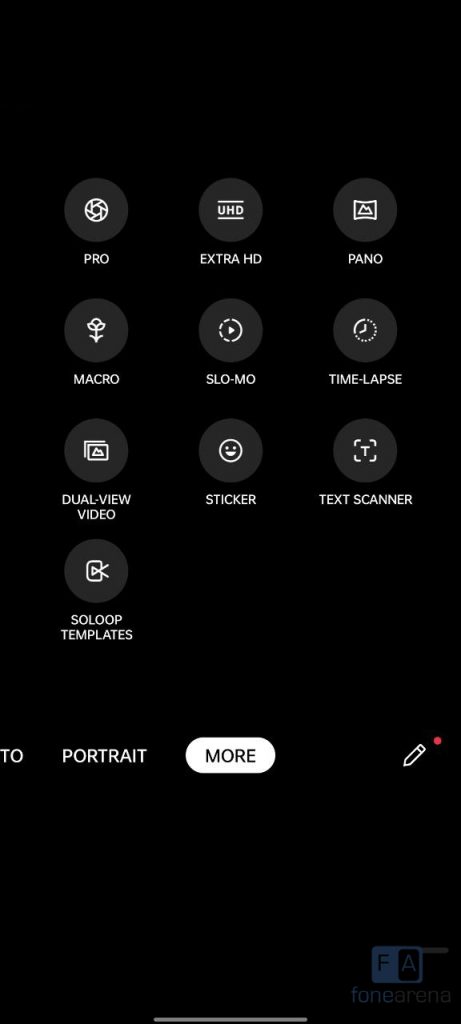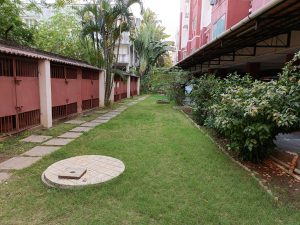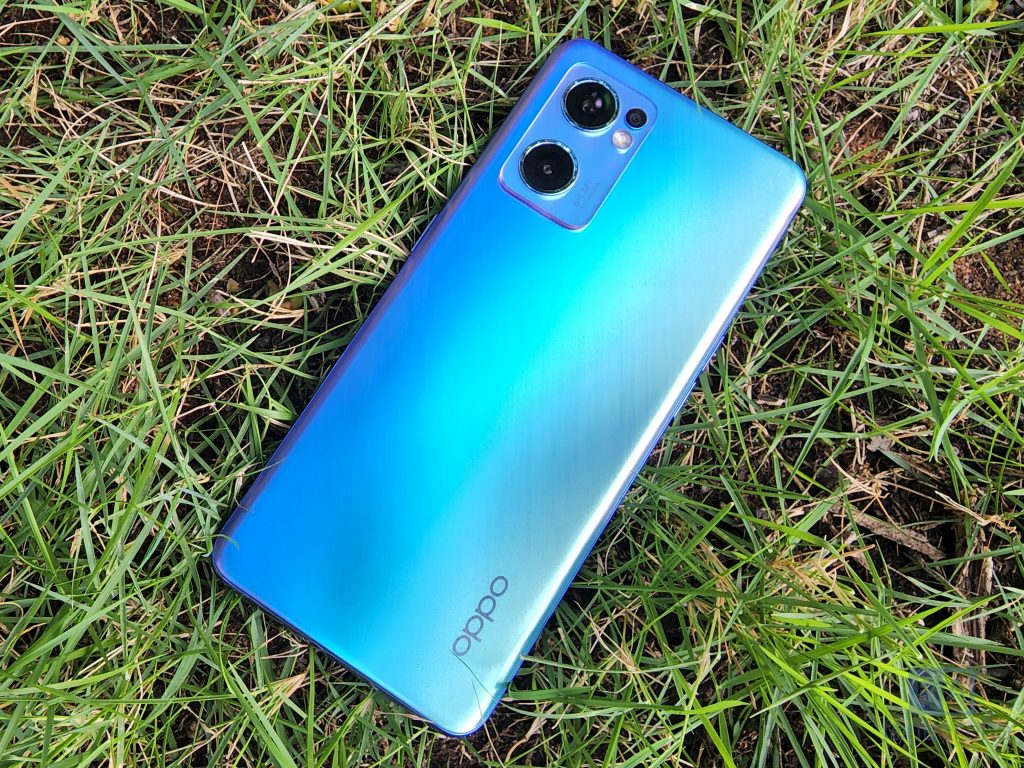
OPPO launched the Reno7 series last month, consisting of two smartphones – a Reno7 and a Reno7 Pro. They replace the Reno6 and Reno6 Pro smartphones from last year, respectively, and feature minor upgrades to the camera hardware and design. Similar to last year, the Reno7 Pro is priced at Rs. 39990, and the Reno7 is priced at Rs. 29990. On paper, the Reno7 offers a similar experience with some compromises when compared to the Reno7 Pro.
Are these compromises justifiable by the Rs. 10000 difference in price between the Reno7 and Reno7 Pro? Let’s dive into the review to find out. Just note, this review will focus primarily on the differences between the two devices, and you should check out my review of the Reno7 Pro for a complete understanding of how these devices function.
Design, hardware and Display

I really liked the design of the Reno6, with its flat edges and display. OPPO incorporated that design language into the Reno7 Pro, but changed the design of the regular Reno7. Gone are the flat edges and instead, OPPO has opted to use regular curved railings. The sides are made out of metal which has a premium feeling, and the back panel is made out of AG glass. Similar to the Reno7 Pro, the Reno7 uses LDI technology to produce a unique finish on the rear glass. It’s called Star trails Blue, and it certainly reminds of a long exposure photo of star trails. Although the colour is called blue, you can see shades of orange, red, purple and blue when shown under changing lighting. The finish also feels really nice to touch and does an excellent job of rejecting fingerprints.
The power button can be found on the right edge, the volume rocker on the left edge, speaker grill, USB Type-C port, SIM slot and a 3.5mm audio jack on the bottom edge. This time, there are no antennae cutouts on all four edges.
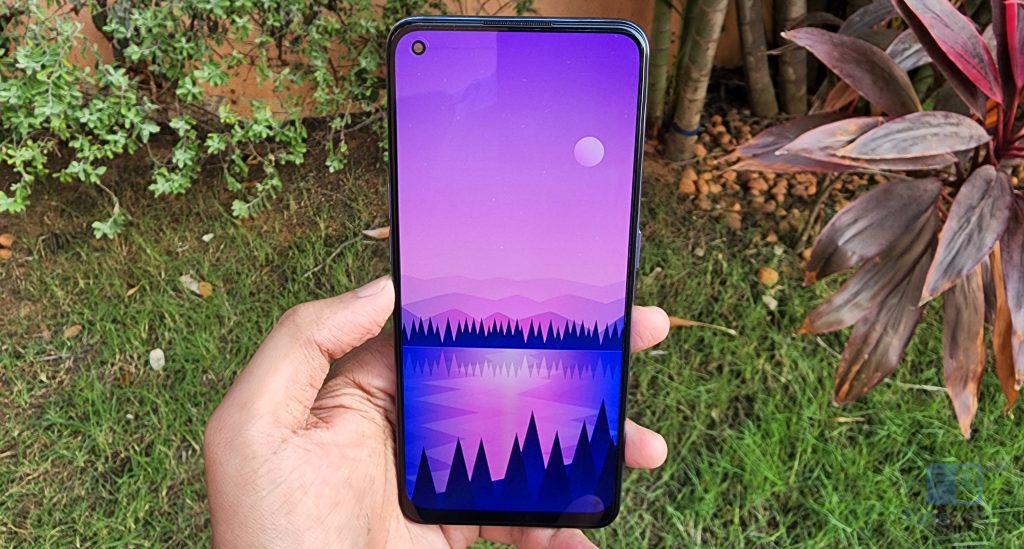
The Reno7 has a 6.4-inch FHD panel with a resolution of 2400 x 1080, and a maximum refresh rate of 90Hz. The touch sampling rate remains the same at a maximum of 180Hz (when gaming), and it supports up to 135% sRGB colour gamut in Vivid mode. It can reach a brightness of 460 nits during typical use, and up to 800 nits when watching HDR10/HDR10+ content. Sunlight visibility was good enough, and I didn’t face much issue when using the phone outdoors.
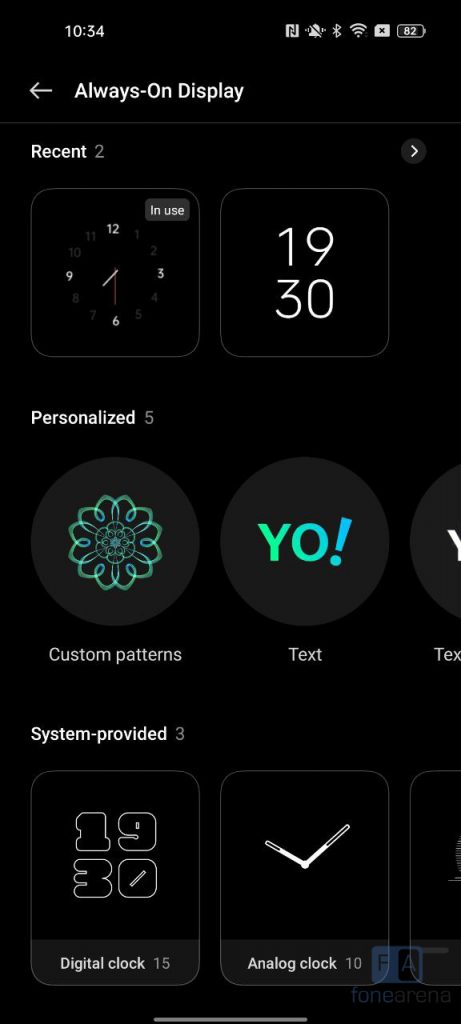
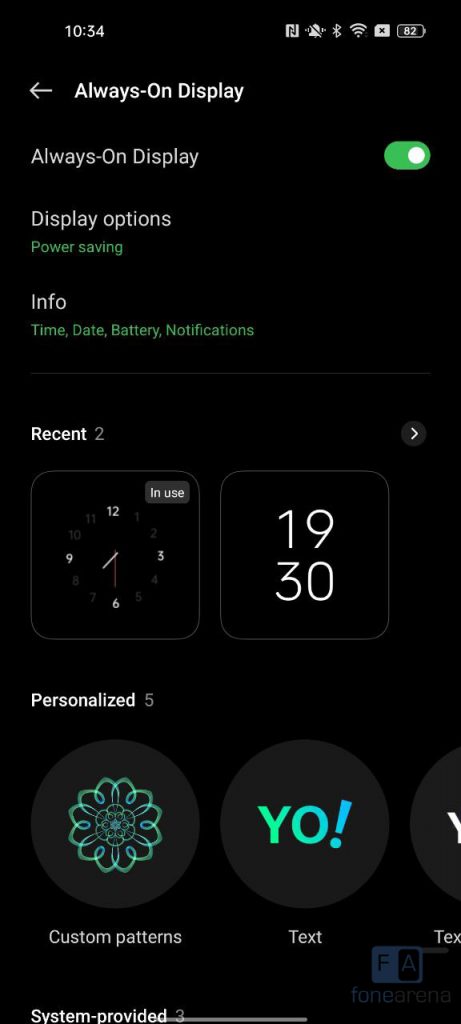
The phone also features support for the Always-on-display, with all the same customization options such as the ability to set the type of clock, text, images and custom patterns.
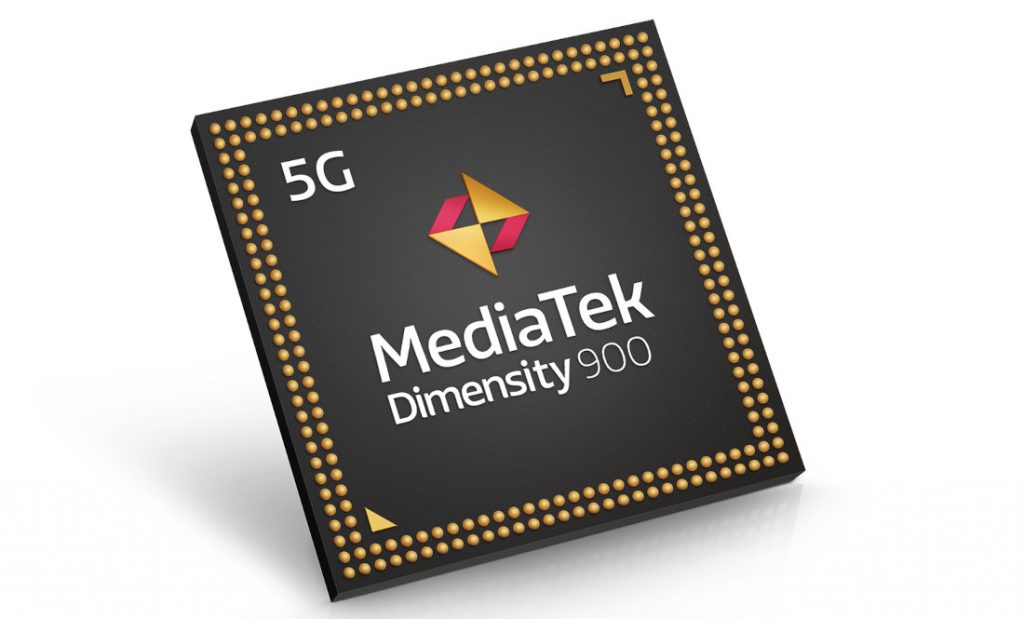
Regarding the internals, the Reno7 is powered by the same MediaTek Dimensity 900 that was inside the Reno6. For memory, it comes only in one version – 8GB RAM, along with 256GB of storage.
While the Dimensity 900 is a good processor, I wish that OPPO had chosen to use the newer Dimensity 920 SoC instead. That would be a good differentiating factor between the Reno6 and Reno7. However, that is not the case here. The Dimensity 920 offers small, notable improvements and would have been the better choice.

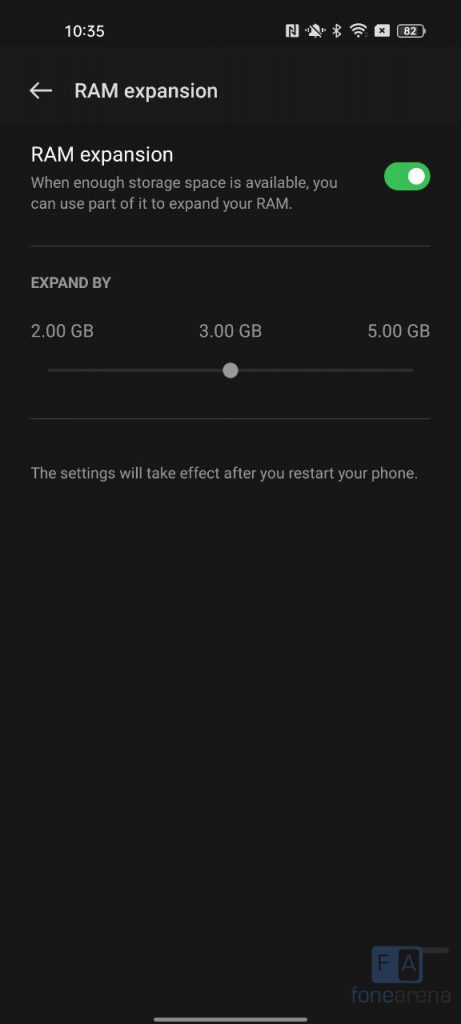
Otherwise, the performance of the Dimensity 900 is good, navigating the OS was smooth, apps opened quickly and with RAM expansion, there were no issues of apps closing prematurely either. Check out the synthetic benchmark scores below.

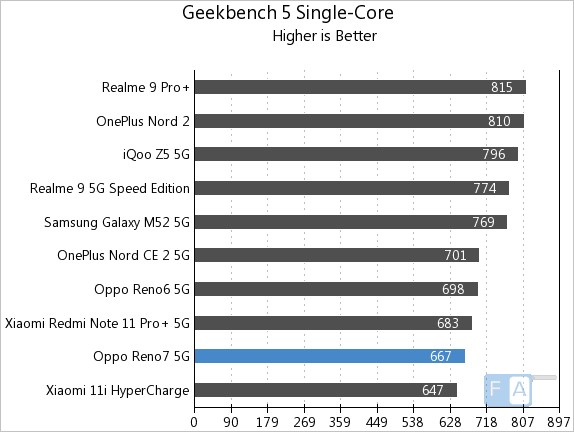
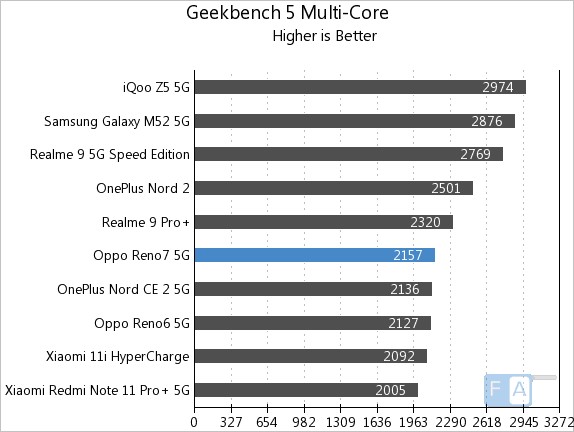
Camera
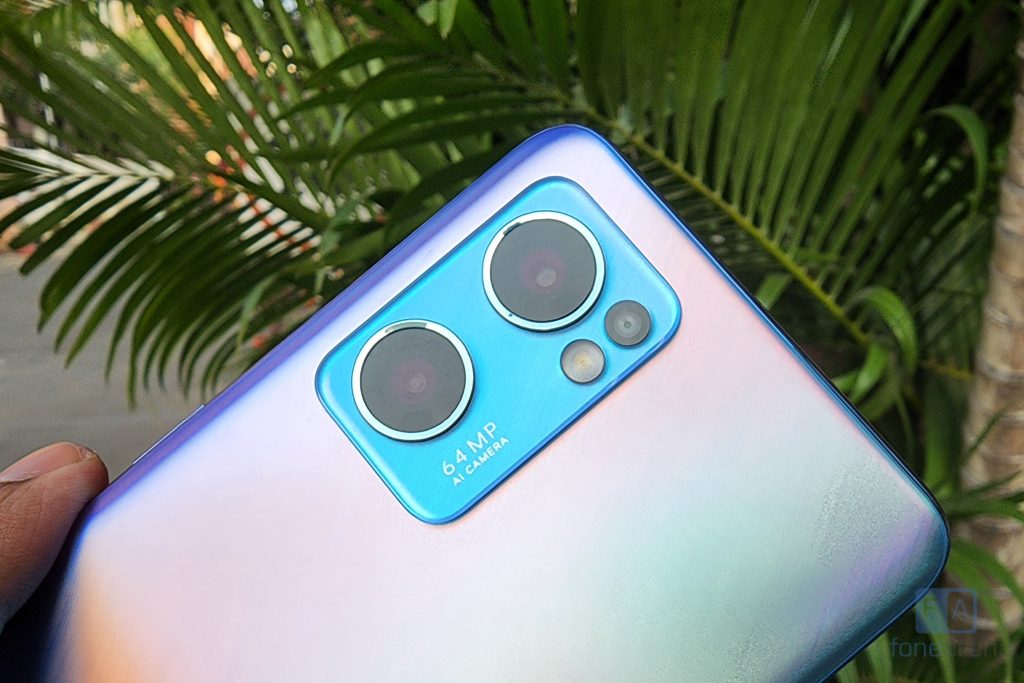
The Reno7 has a triple rear camera setup that includes a 64MP primary sensor camera with f/1.7 aperture, an 8MP 119° ultra-wide lens with f/2.2 aperture and 2MP macro camera with f/2.4 aperture. The front camera is a 32MP sensor with an f/2.4 aperture.
The camera UI is simple to use, with easy access to toggles for HDR, flash, AI and filters, along with quick shortcuts to settings such as aspect ratio, timer, 64MP mode and more. Access to other camera modes, including portrait mode, video, macro, night mode and pro mode are a simple swipe away.
Considering that the Reno7 shares the same camera hardware as the Reno6, the camera performance is also similar. It has lots of detail with good dynamic range, mostly accurate white balance and good contrast. It continues to have features like the ‘Bokeh Flare Portrait Video’, which uses AI to separate the subject and apply a bokeh effect that isn’t too unnatural.
The 8MP ultra-wide sensor is not as impressive as the main sensor, and produces slightly softer photos. The macro sensor has been improved slightly, although I still wouldn’t use that lens a lot. The 32MP front-facing camera produces identical results as the Reno6 too.
Here are some samples from the Reno6:
When it comes to video, the phone supports up to 4K 30fps or 1080p 60fps, and does not support 4K 60fps. The video quality is just acceptable, with nothing special to talk about. Dynamic range was alright, but lacked sharpness and since there is no OIS, the video can sometimes be a little shaky.
Conclusion
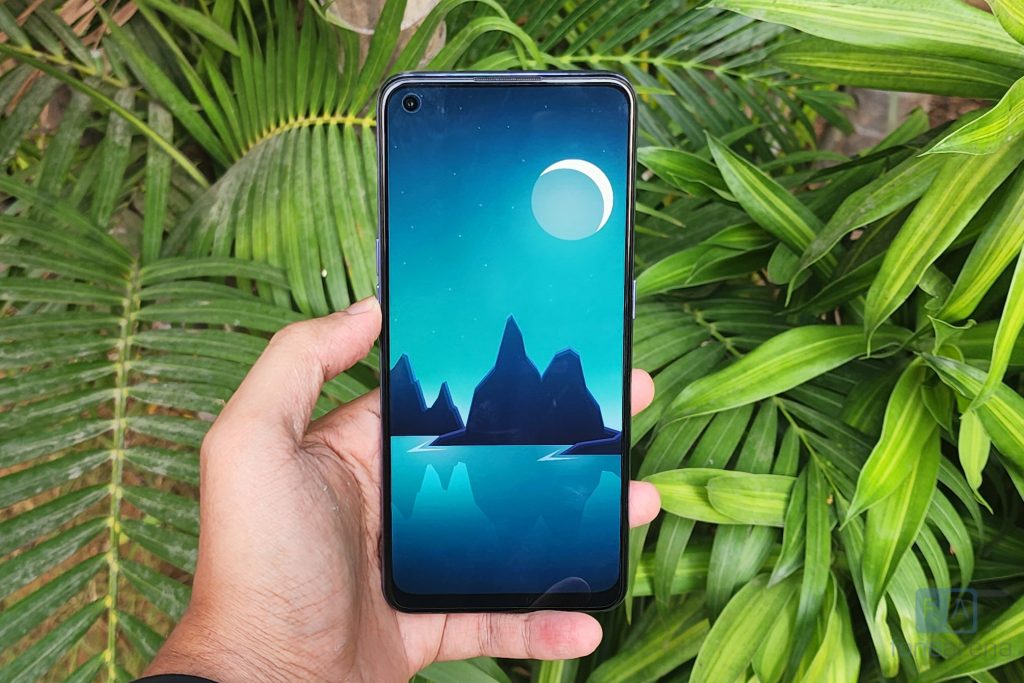
The OPPO Reno7 has an interesting design, good build quality, and it has a nice, smooth display for consuming content. The battery life is strong too and the 65W charging speeds are really fast. The 64MP primary sensor produces good photos in most lighting conditions, and the 8MP offers an alternative angle that is serviceable. The videography experience however could have been made better with OIS and the macro sensor is pointless.
Unlike last time, however, between the Reno7 and the Reno7 Pro, I would recommend the Reno7 Pro. It offers a better design, a really cool notification light, and the processor is better overall. Whether these differences are worth the Rs. 10000 difference in price is up to you.
The price of the Reno7 is definitely on the higher side when compared to the competition in the under-30K segment. These include the OnePlus Nord 2, the Vivo V23, and the Xiaomi 11i HyperCharge. Some of these smartphones offer better specs on paper, and some extra unique features.
Pricing and availability
The OPPO Reno7 5G comes in Starry Black and Startrails Blue colours, is priced at Rs. 29,990 and is available from both online and offline stores.

